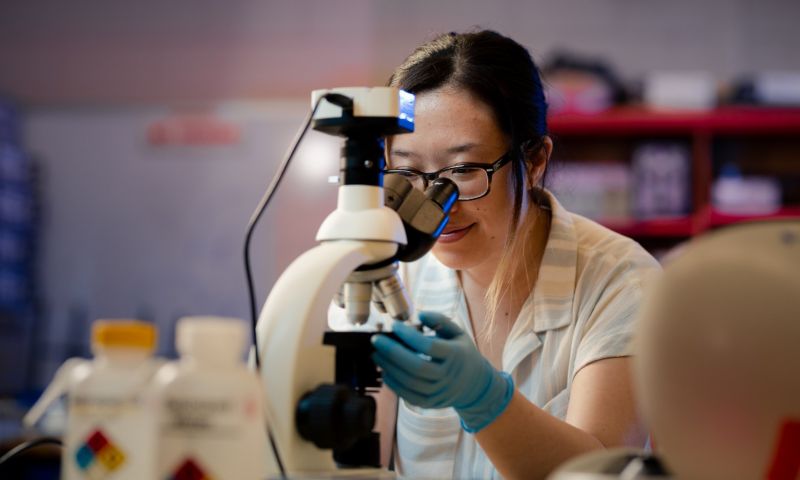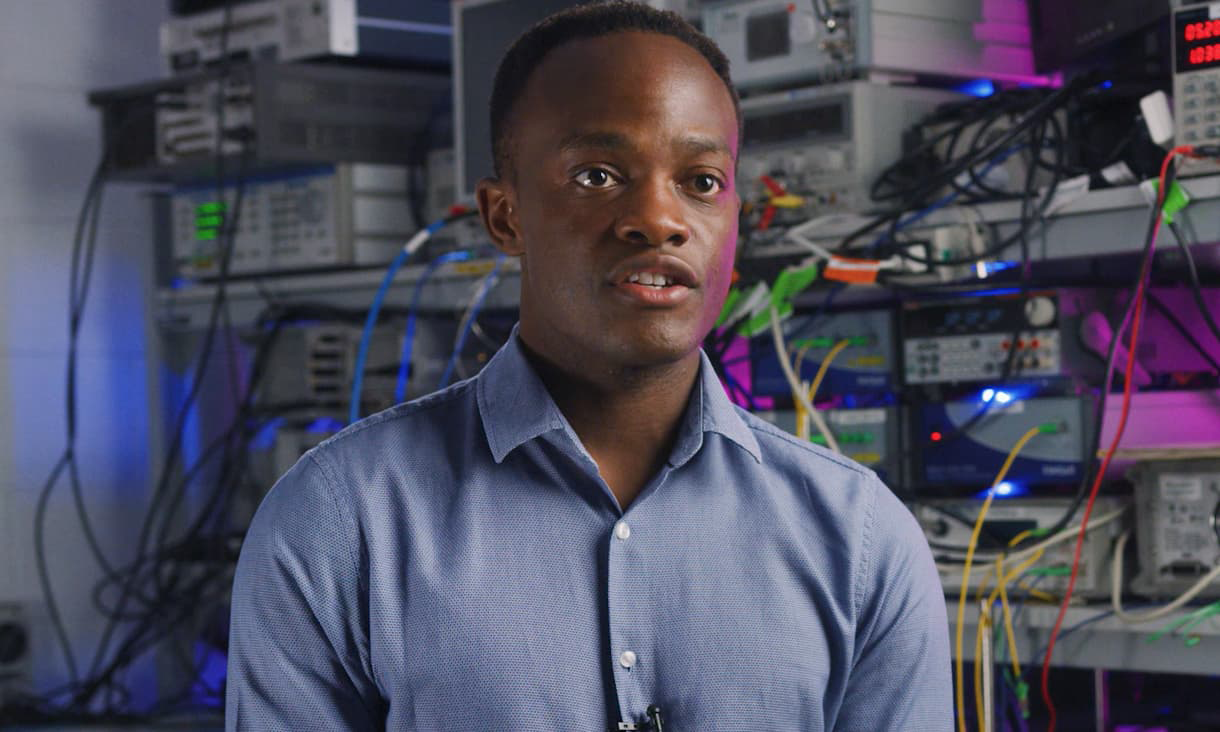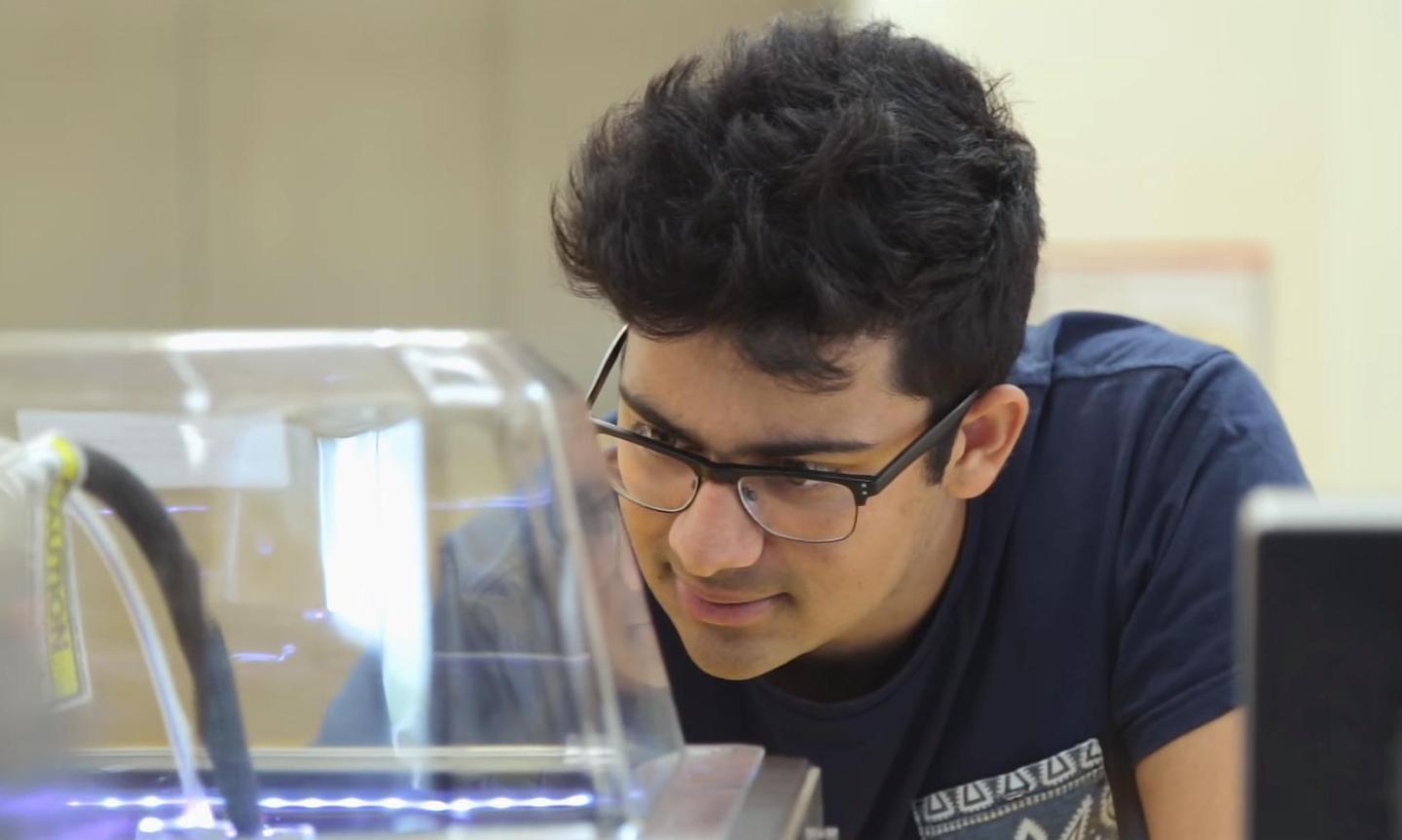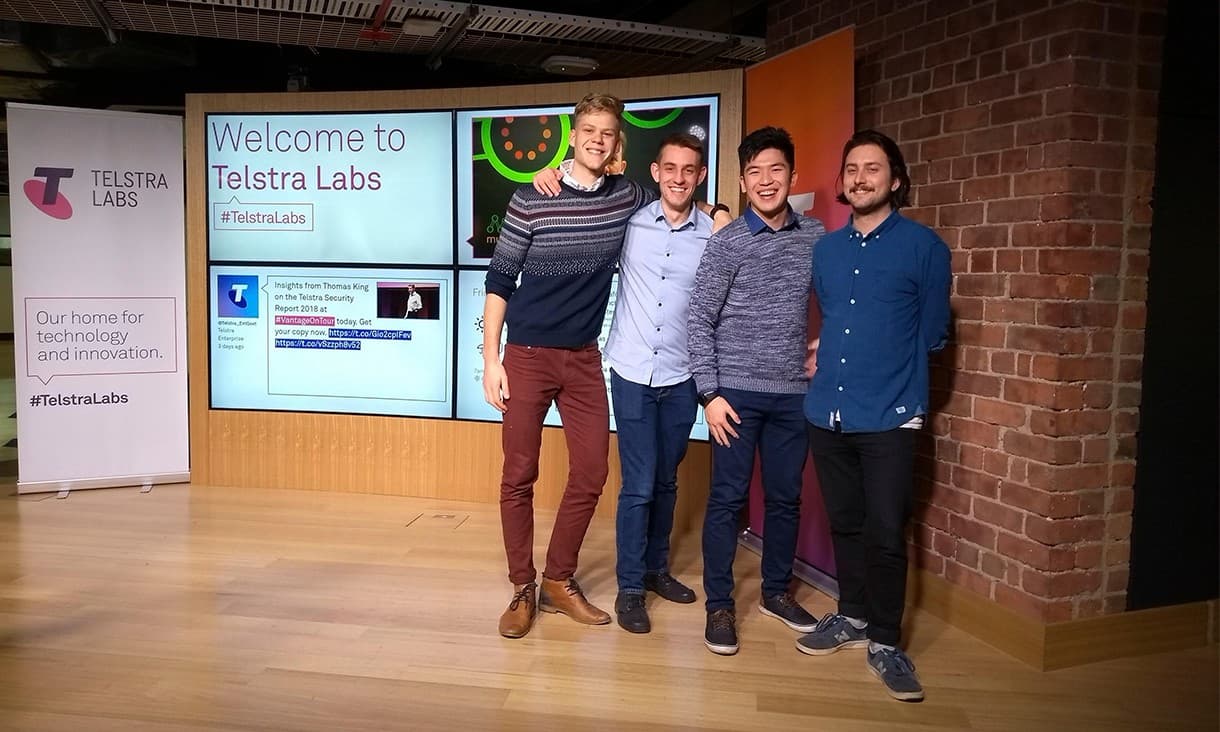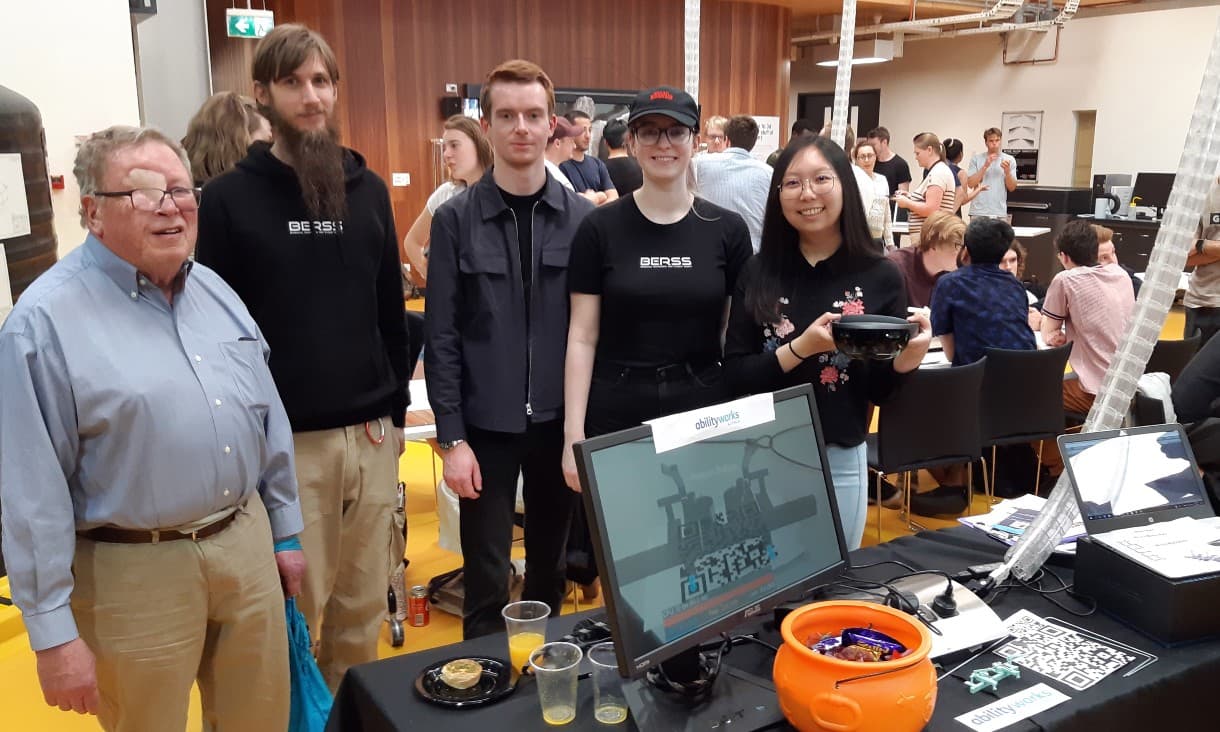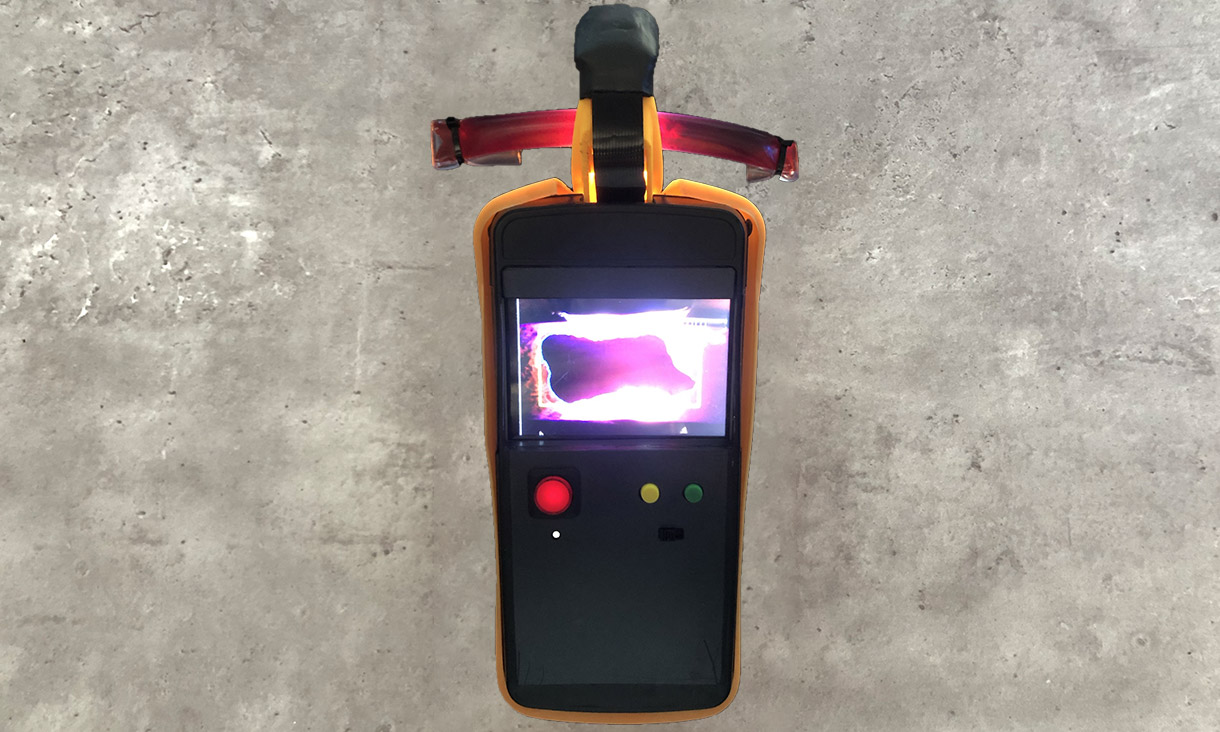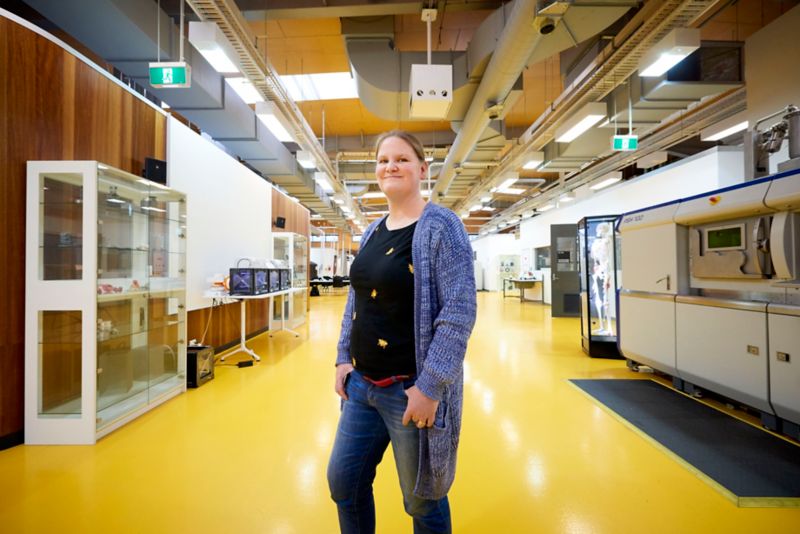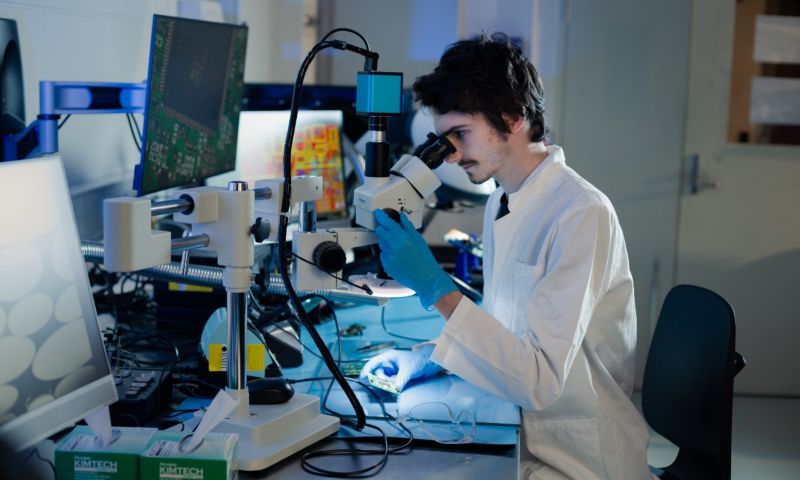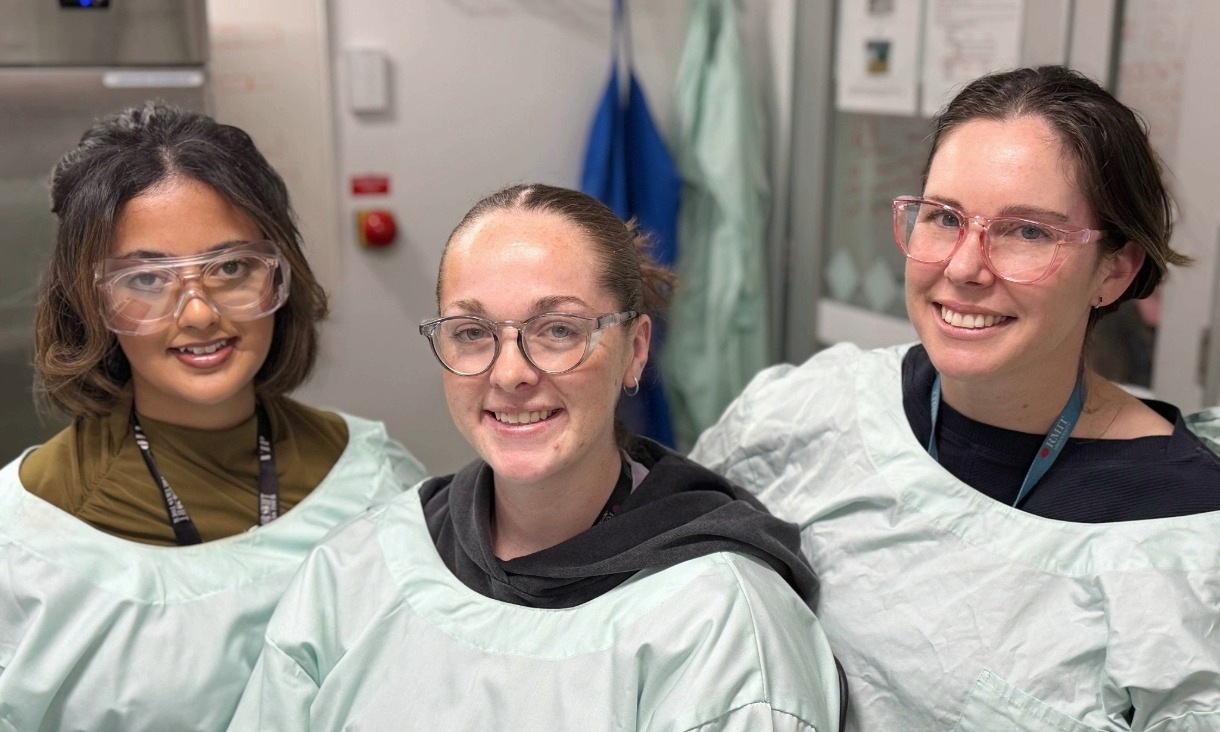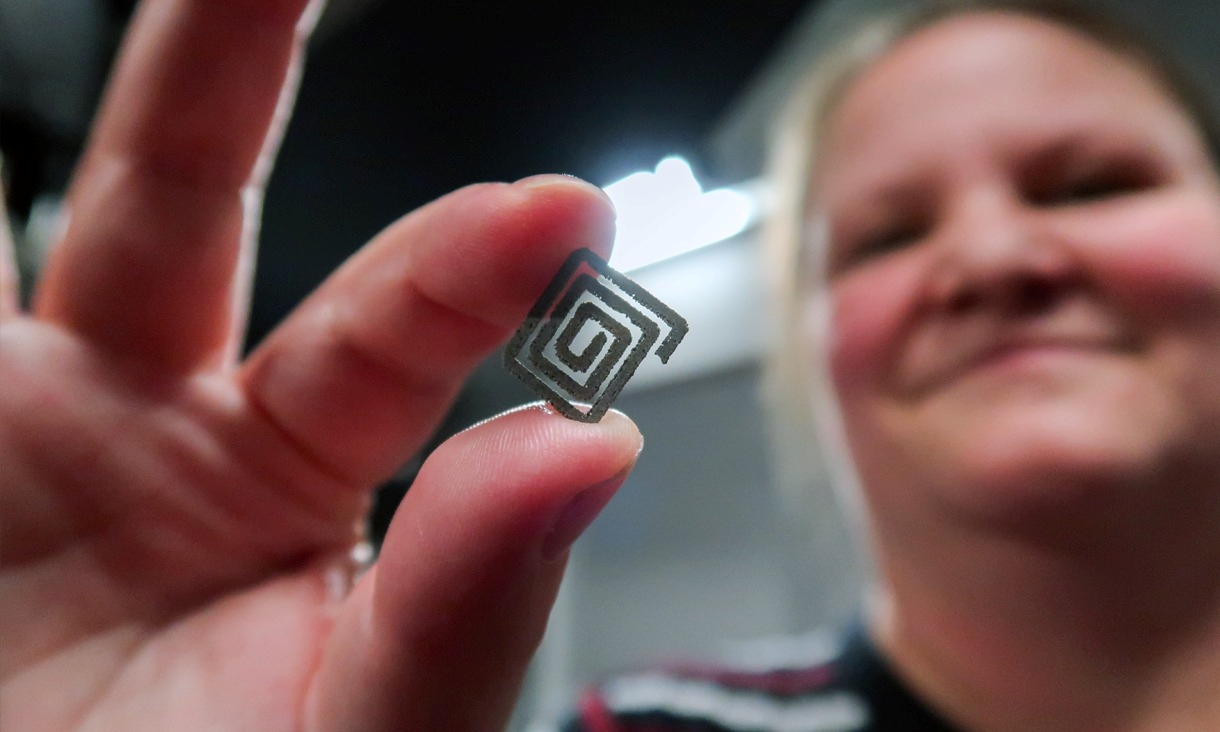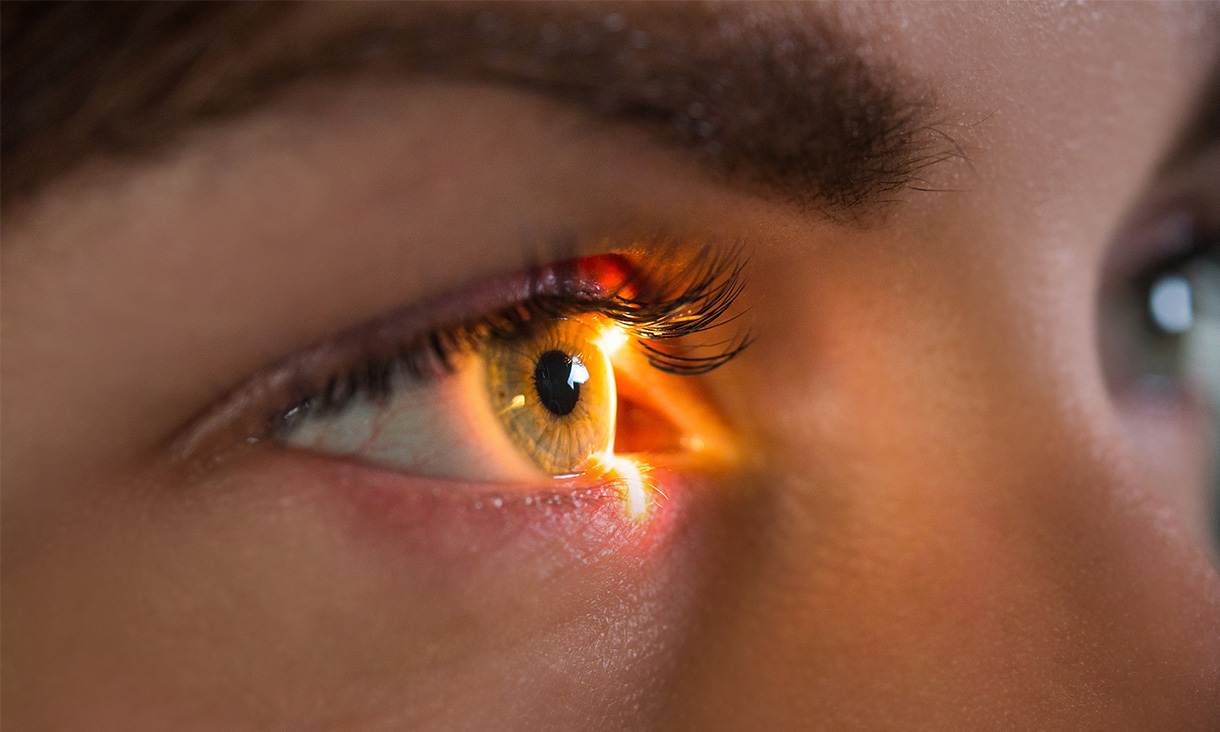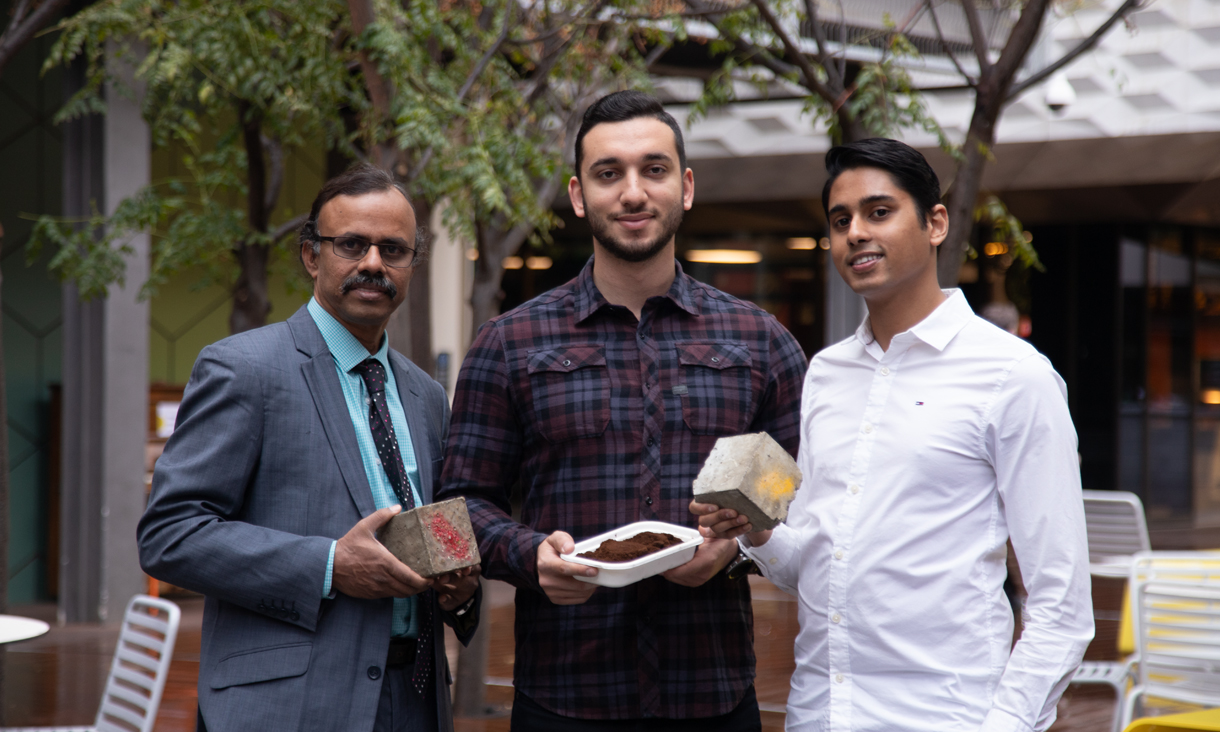Zapping stem cells could boost growth of new tissues and organs
Scientists in Melbourne have discovered how tiny electrical pulses can steer stem cells as they grow, opening the door to new improved ways of creating new tissues, organs, nerves and bones.
Diamond power could be a medical implant’s best friend
RMIT researchers have created an experimental 3D-printed diamond–titanium device that generates electricity from flowing liquid and receives wireless power through tissue making it possible to remotely sense changes in flow.
AI-powered glaucoma screening test delivers rapid results
A new rapid screening test for glaucoma could help advance early detection of the disease, a leading cause of irreversible blindness.
From coffee to concrete: Engineering solutions to our most pressing problems
A new project from RMIT University could see the waste from the 1.3 million cups of coffee drunk daily in Australia turned into concrete used in homes, driveways or office buildings.
